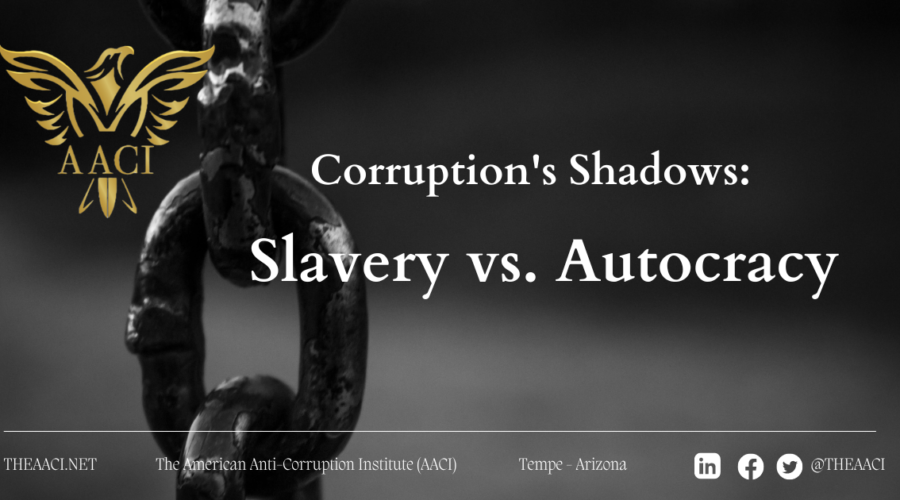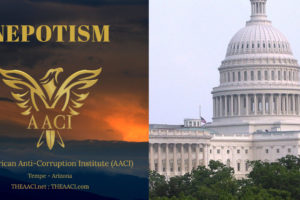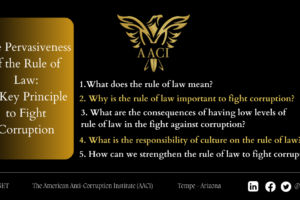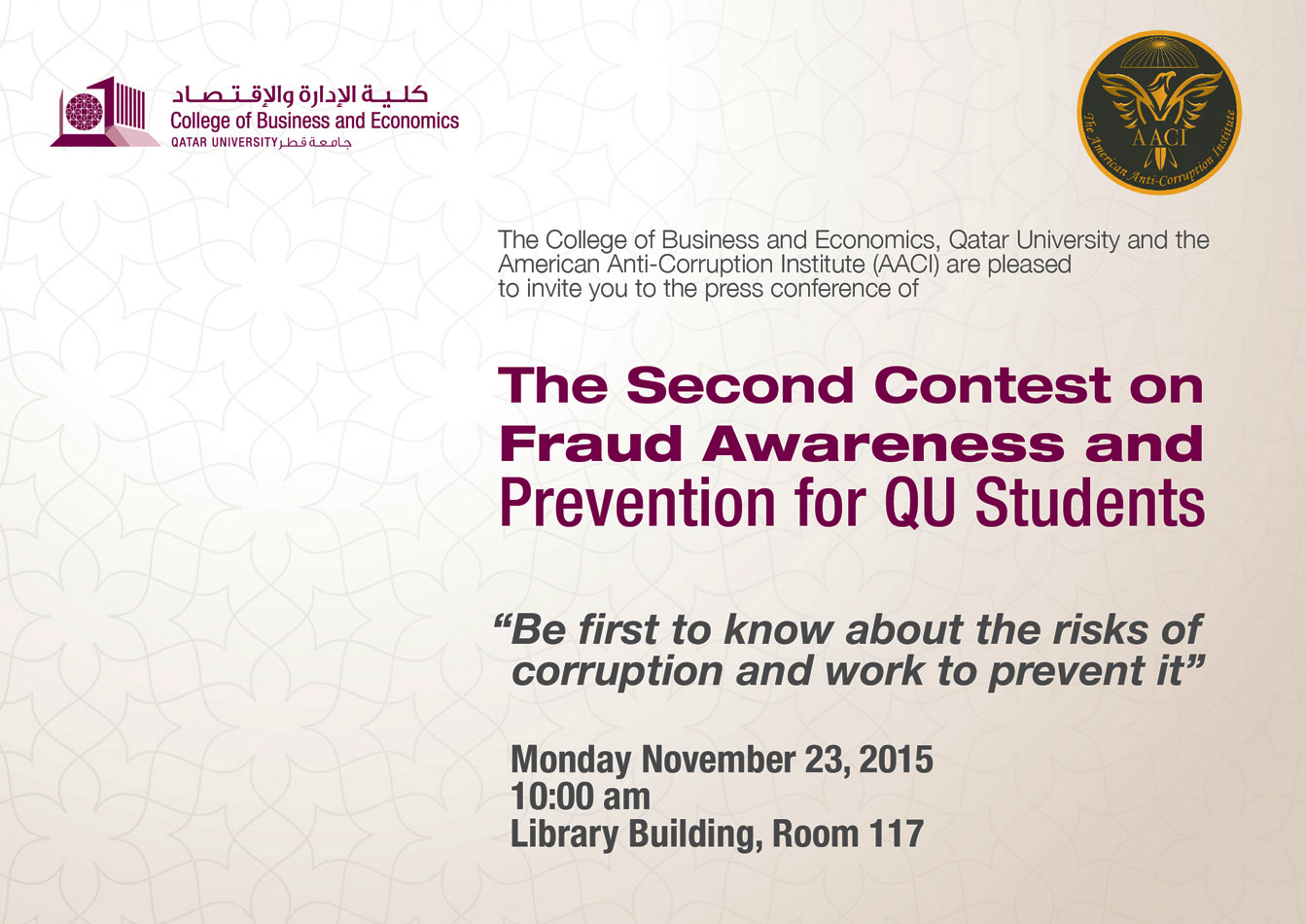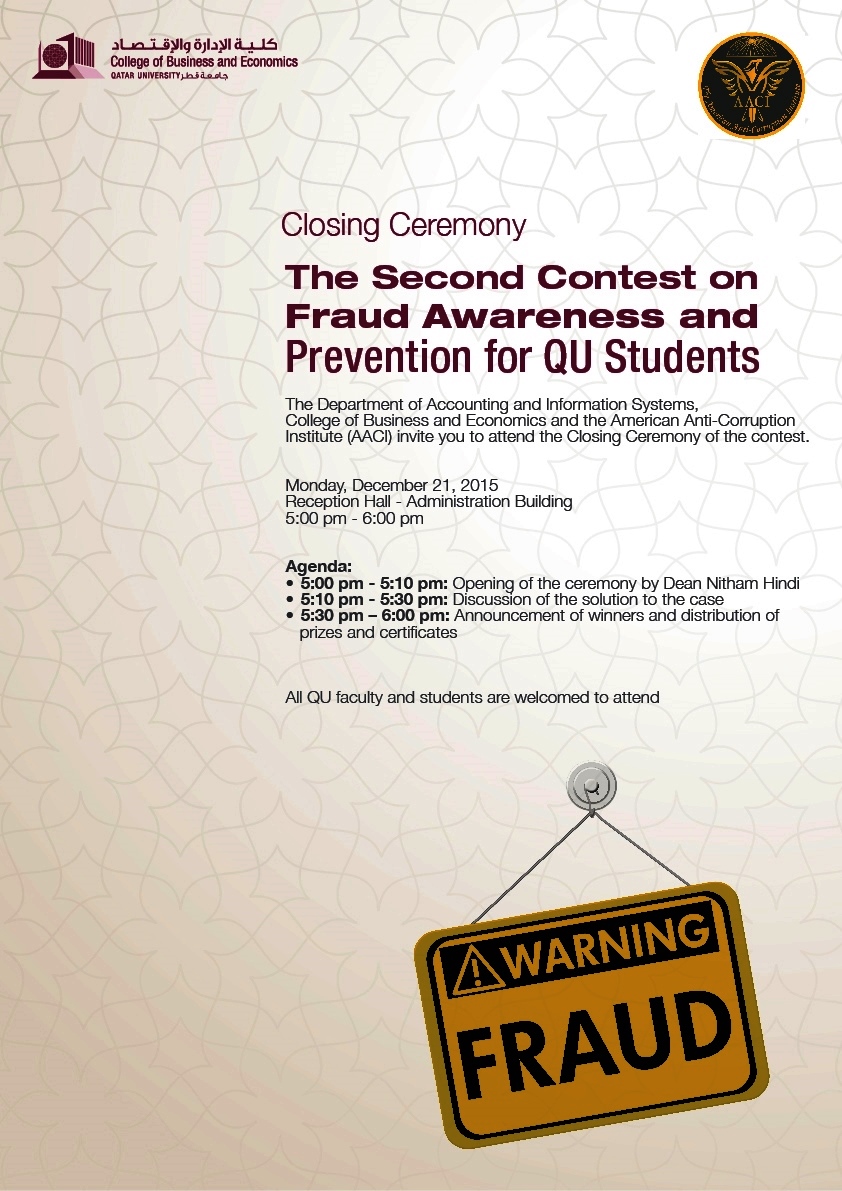Technical Staff
May 27, 2024
Introduction
The fight against corruption has always been an uphill battle, especially in environments where personal freedoms are severely restricted. Throughout history, marginalized and oppressed groups have found ways to resist and challenge corrupt systems despite immense challenges. This blog post explores the parallels between the era of slavery and modern autocratic regimes, examining how the lack of autonomy, pervasive fear, and concentrated power in both contexts create formidable barriers to combating corruption. By understanding these historical and contemporary struggles, we can gain insights into the ongoing fight for justice, human rights, the prevalence of the rule of law, and transparency in today’s world.
Comparing the Struggle Against Corruption: Historical Slavery and Modern Autocratic Regimes
Lack of Autonomy and Freedom
In both slavery and autocratic regimes, individuals lack personal freedom and autonomy. Slaves were considered property, devoid of basic human rights and freedom. Similarly, in autocratic regimes, citizens often face severe restrictions on their freedom of speech, assembly, and political participation. This lack of autonomy prevents individuals from organizing, expressing dissent, and engaging in activities that could expose or combat corruption.
Fear and Repression
Governance through fear is a common characteristic in both environments. Slaves faced brutal punishment for any form of resistance, creating an atmosphere of terror that stifled rebellion. In autocratic regimes, the state employs harsh measures, including imprisonment, torture, and even extrajudicial killings, to maintain control and silence opposition. This pervasive fear inhibits efforts to challenge corrupt practices, as individuals risk severe consequences for speaking out.
Absence of Legal Protections
Just as slaves had no legal rights or protections, citizens in autocratic regimes often suffered from a weak or manipulated legal system. Slaves could not seek justice or redress for their grievances, and similarly, people living under autocratic rule face a judiciary that is often complicit with or controlled by the ruling powers. The absence of fair and independent legal institutions means there is little recourse for those who wish to fight corruption, as the legal system itself is frequently corrupt.
Concentration of Power
Both scenarios involve a high concentration of power. During slavery, power was held by slave owners and the economic systems that supported them. In autocracies, power is concentrated in the hands of a few individuals or a single party. This concentration allows corruption to flourish unchecked, as there are no independent institutions to hold the powerful accountable. The centralization of authority creates an environment where corrupt practices can thrive without fear of exposure or punishment.
Limited Access to Information
Slaves were often kept illiterate and uninformed to prevent rebellion and maintain control. Similarly, autocratic regimes control the flow of information through censorship, propaganda, and suppression of the free press. Without access to reliable information, it is difficult for citizens to expose and combat corruption. The lack of transparency and the manipulation of information serve to entrench corrupt practices and prevent collective action against them.
Conclusion
Despite the profound differences between historical slavery and modern autocratic regimes, the underlying dynamics of power, fear, and lack of legal and institutional protections present similar obstacles to fighting corruption. Overcoming these challenges typically requires significant external pressure, both from within society and the international community, as well as the emergence of courageous individuals who, despite the risks, take a stand against corruption. By learning from these historical and contemporary struggles, we can better understand and support the ongoing fight for justice, transparency, the prevalence of the rule of law, and human rights in today’s world.
Photo by lalesh aldarwish: https://www.pexels.com/photo/black-chain-147635/


